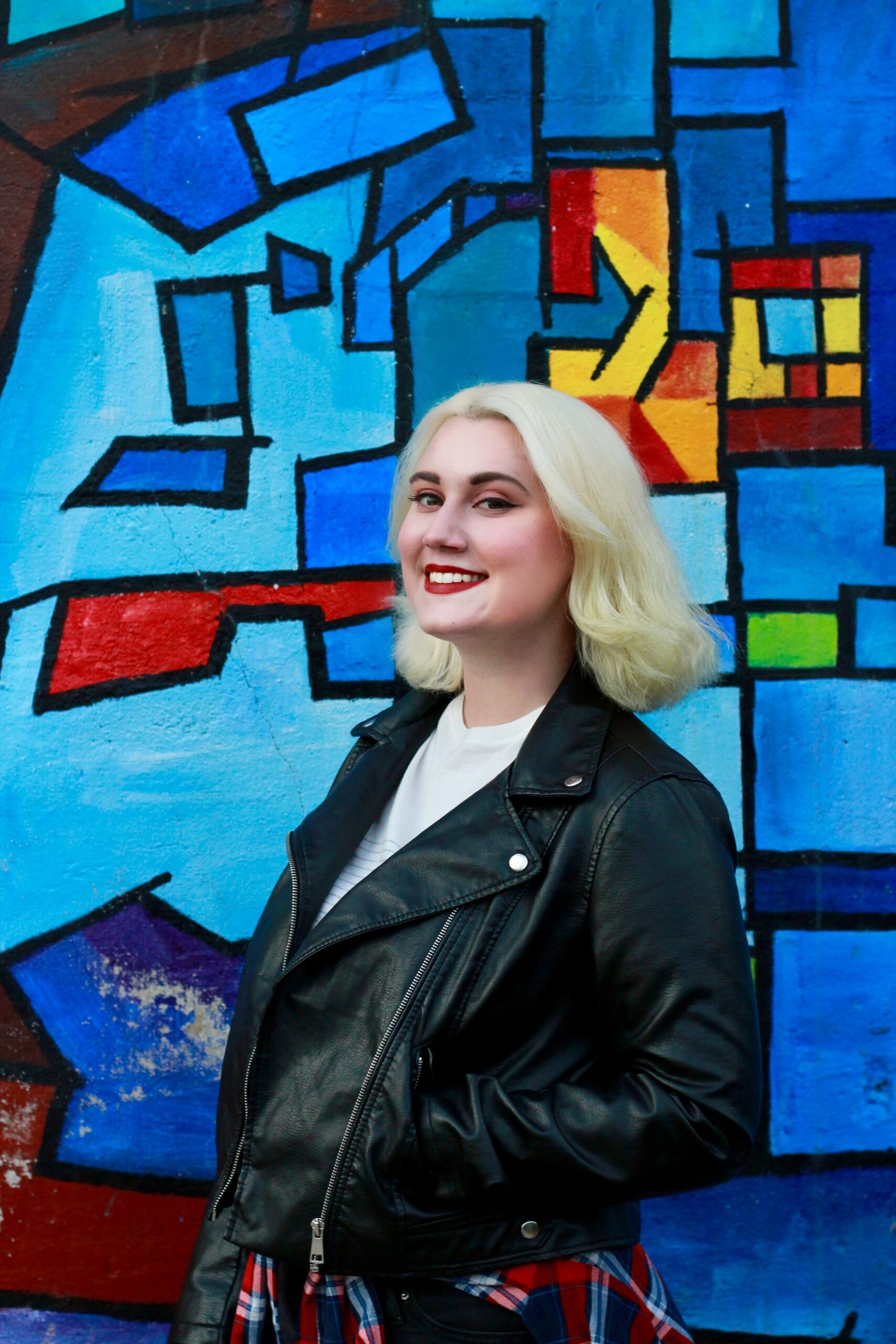
by Michele Kirichanskaya | Nov 1, 2024 | Blog
Kayla Cottingham is a YA author and librarian. Originally from Salt Lake City, Utah, Kayla lives just outside of Boston where she loves to go hiking in the woods, pet any and all dogs, and play RPGs. She is passionate about connecting young people with books featuring...
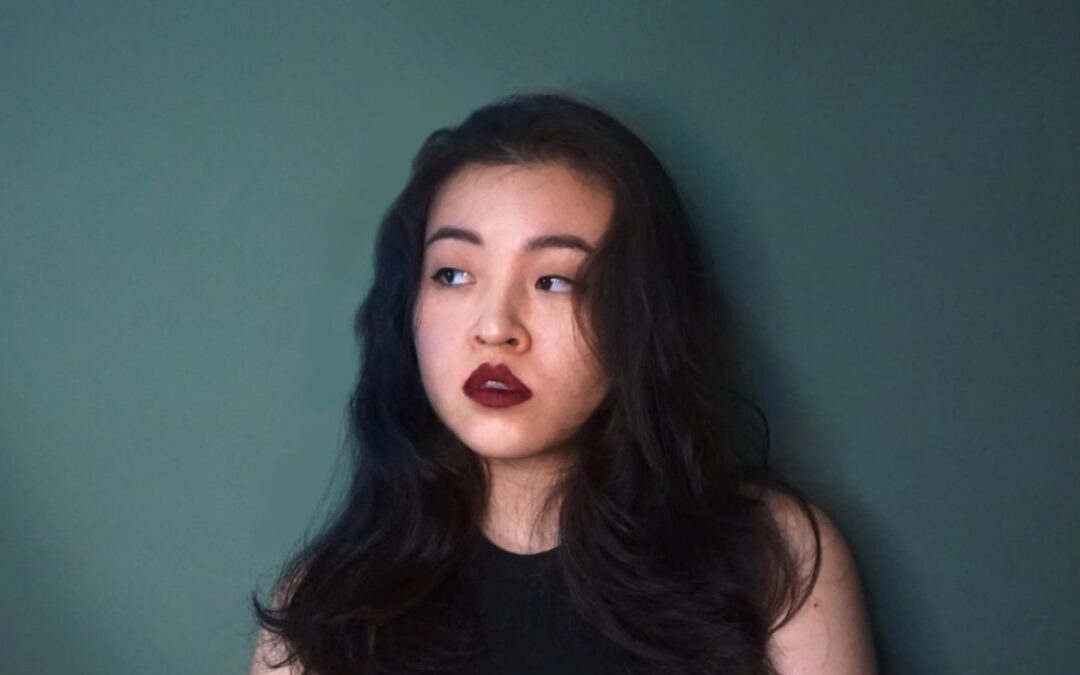
by Michele Kirichanskaya | Oct 30, 2024 | Blog
Wen-yi Lee is a Clarion West alum from Singapore who likes writing about girls with bite, feral nature, and ghosts. Her speculative fiction has appeared in venues such as Lightspeed, Strange Horizons, and Uncanny, as well as in various anthologies. The Dark We Know is...
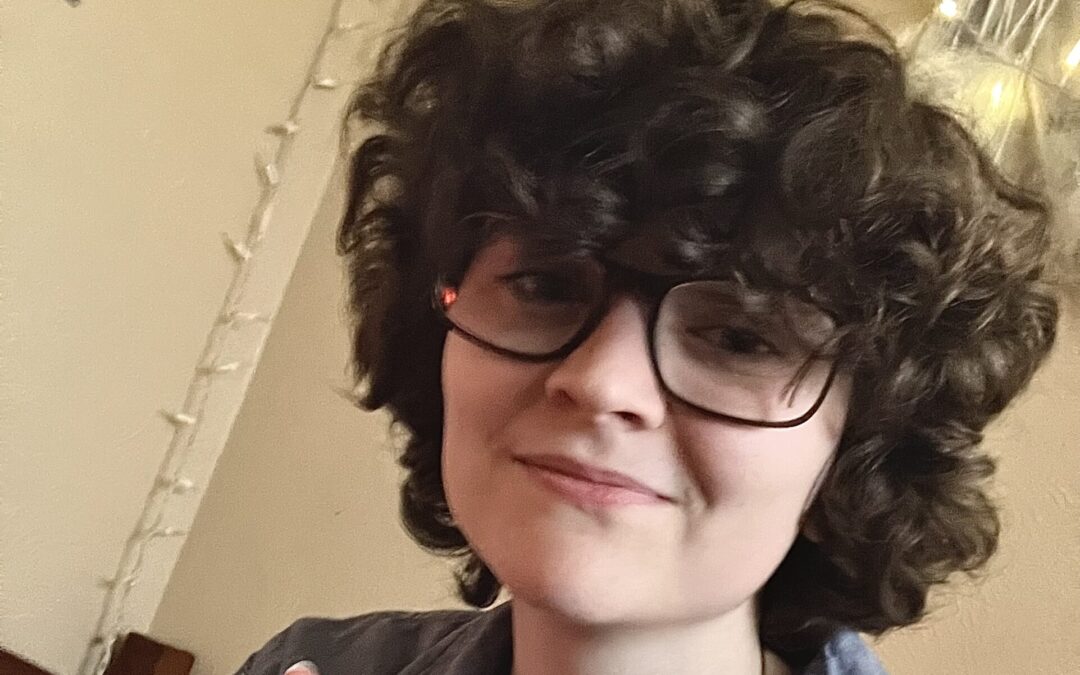
by Michele Kirichanskaya | Oct 28, 2024 | Blog
Ren Cox, also known as ‘sonderfairy’, is a self-taught artist and webcomic creator from Texas. He loves fantasy stories, drawing, and most importantly his cat, Badger. As a trans (FTM), asexual, and panromantic queer person, Ren hopes to inspire others...
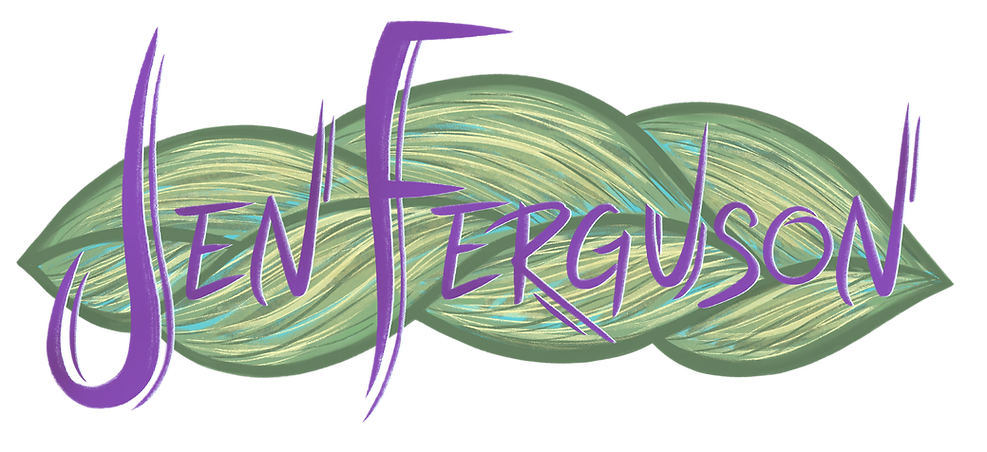
by Michele Kirichanskaya | Oct 25, 2024 | Blog, Featured
Jen Ferguson is Michif/Métis and white, an activist, an intersectional feminist, an auntie, and an accomplice armed with a PhD in English and creative writing. Her debut novel The Summer of Bitter and Sweet was the winner of the Governor General’s Award, a Stonewall...
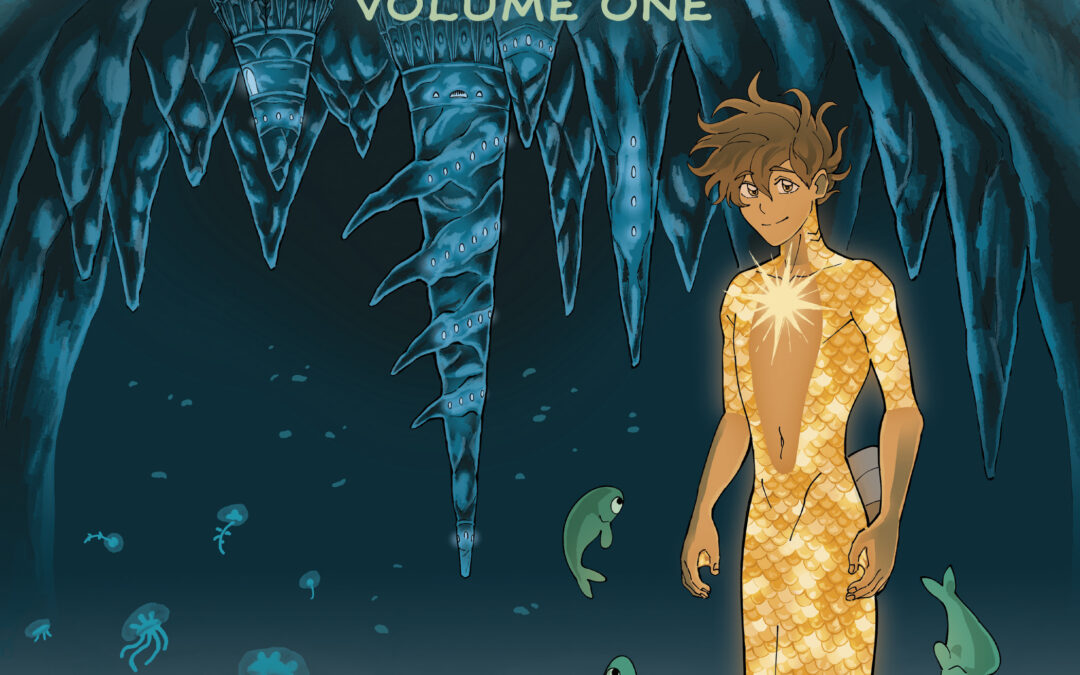
by Michele Kirichanskaya | Oct 18, 2024 | Blog
Wendy Martin was born in the Midwest and grew up in Iowa. She spent her childhood raising animals, but she spent even more time drawing them. As she grew older, she dedicated more time to the arts and creating fantasy comics and stories, particularly ones that...






